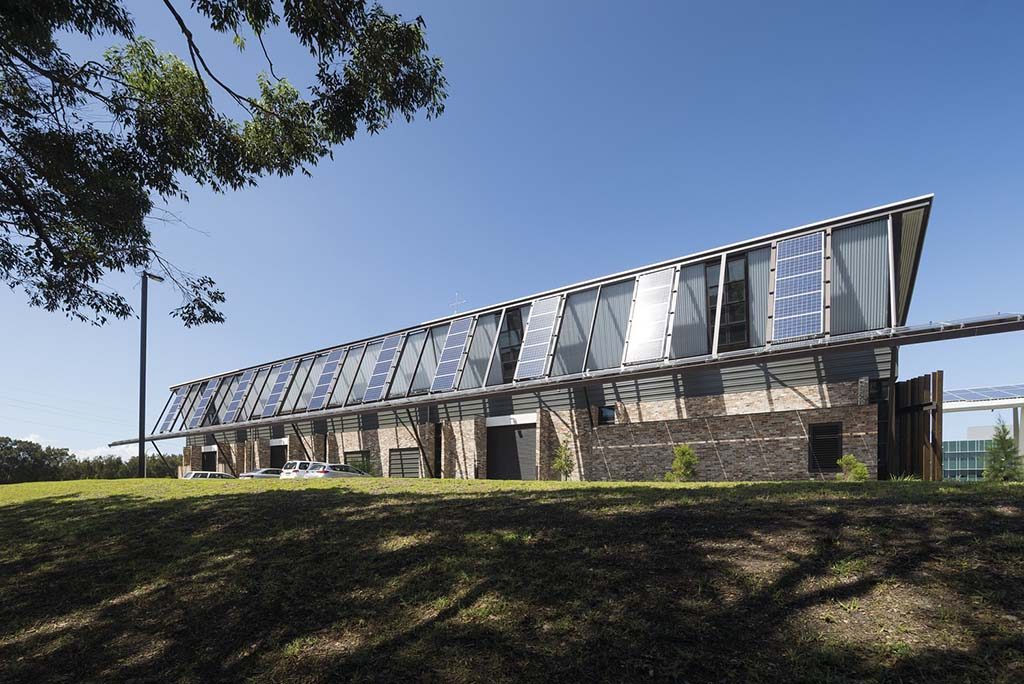Installing a whole house filtration system is a significant step towards ensuring clean and safe water for your home. This process, while seemingly complex, can be simplified with the right knowledge and tools. Whether you’re a homeowner or a real estate developer, understanding the intricacies of this installation can save you both time and money.

Understanding Whole House Filtration Systems
A whole house filtration system is designed to filter all the water that enters your home. This means that every tap, shower, and appliance receives filtered water. Such systems are crucial in removing contaminants and improving the overall quality of your water.
Benefits of Installing a Filtration System
There are numerous advantages to installing a filtration system in your home. Firstly, it ensures that all the water in your home is safe to use, reducing the risk of waterborne diseases. Moreover, it can extend the lifespan of your plumbing system by preventing the buildup of minerals and other contaminants.
Steps to Install a Whole House Filtration System
Before you begin the installation process, it’s essential to have a clear understanding of your home’s plumbing system. This will help you determine the best location for your filtration system. For those building a new home, you might want to check out the plumbing requirements to ensure compatibility.
1. Choose the Right System
Not all filtration systems are created equal. Depending on your water quality and household needs, you might need a system that targets specific contaminants. Research various models and consult with professionals if necessary.
2. Gather Necessary Tools and Materials
Ensure you have all the tools needed for the installation. This typically includes pipe cutters, wrenches, and possibly a drill. Having everything on hand will streamline the process.
3. Turn Off Main Water Supply
Before making any changes, shut off the main water supply to prevent any accidental leaks or spills.
4. Cut the Pipe
Using a pipe cutter, cut into the main water line where you plan to install the system. Ensure the cut is clean to avoid any complications.
5. Install the System
Follow the manufacturer’s instructions to install the filtration system. Ensure all connections are secure and double-check for leaks.
6. Test the System
Once installed, turn the water back on and test the system. Check for leaks and ensure the water pressure is consistent.
Maintenance of Your Filtration System
Regular maintenance is crucial to ensure the longevity and efficiency of your filtration system. This includes replacing filters as needed and checking for any wear and tear.
Signs Your System Needs Maintenance
If you notice a drop in water pressure or the taste and smell of your water changes, it might be time to inspect your system. Regular checks can prevent minor issues from becoming major problems.
Cost Considerations
The cost of installing a whole house filtration system can vary based on the type of system and labor costs. However, the long-term benefits often outweigh the initial investment.
Budgeting for Your Filtration System
While it’s essential to choose a system that fits your needs, it’s also crucial to consider your budget. Look for systems that offer a balance of affordability and functionality.
Potential Challenges and Solutions
Like any home improvement project, installing a filtration system can come with its challenges. However, with proper planning and research, these can be easily managed.
Common Installation Pitfalls
One common issue is incorrect sizing. Ensure your system is appropriately sized for your home to avoid any inefficiencies.
How to Overcome Challenges
If you encounter any challenges during installation, don’t hesitate to consult with a professional. Their expertise can provide solutions and ensure a successful installation.

FAQs About Whole House Filtration Systems
What is the lifespan of a filtration system?
The lifespan varies based on usage and maintenance but typically lasts between 5-10 years.
Can I install the system myself?
While it’s possible to DIY, consulting with a professional can ensure a seamless installation and prevent potential issues.
How often should I replace the filters?
Filters should be replaced every 6-12 months, depending on water quality and system usage.
For more tips on maintaining your home’s plumbing systems, consider checking out these plumbing tips.
This article contains affiliate links. We may earn a commission at no extra cost to you.



